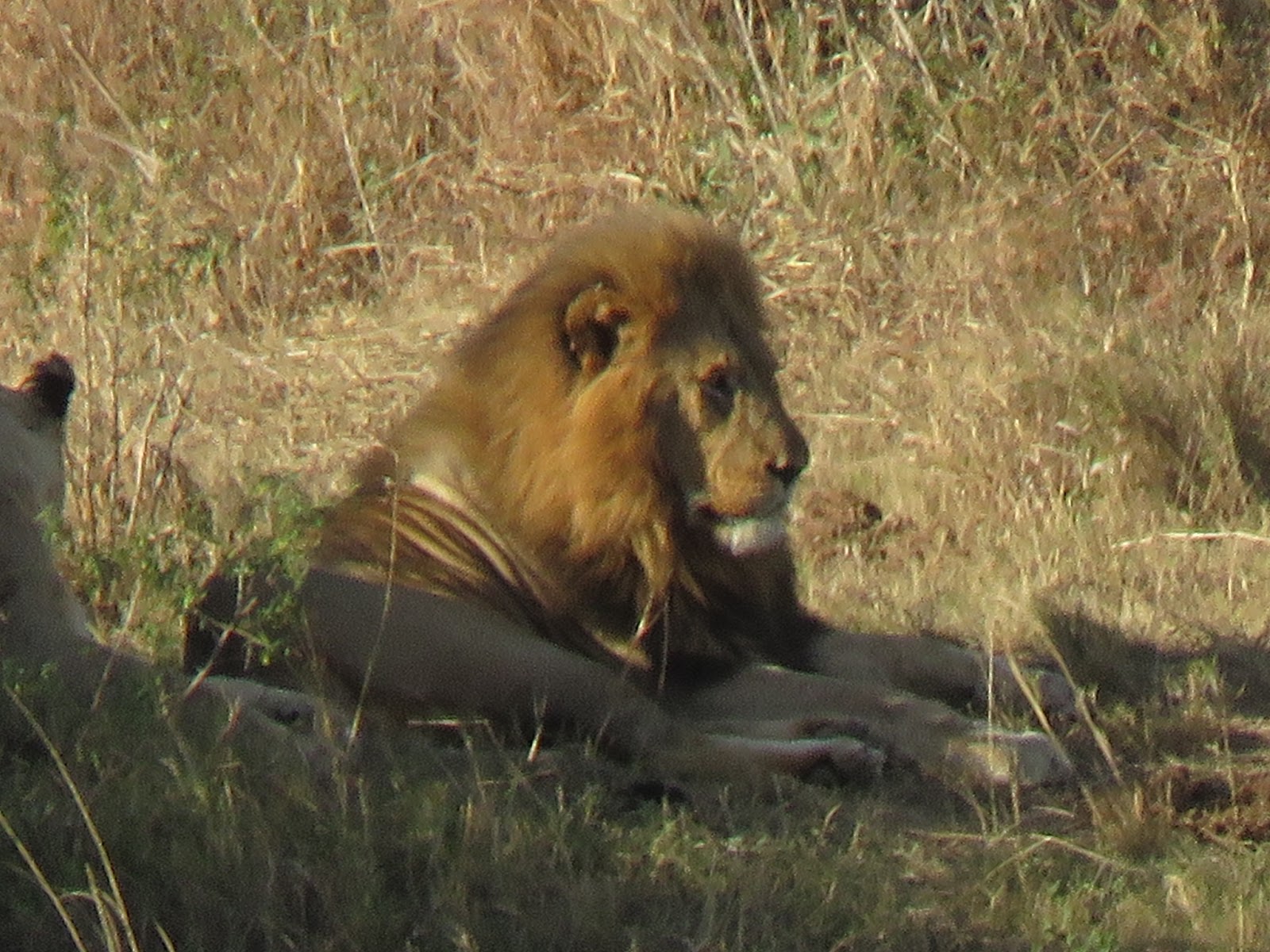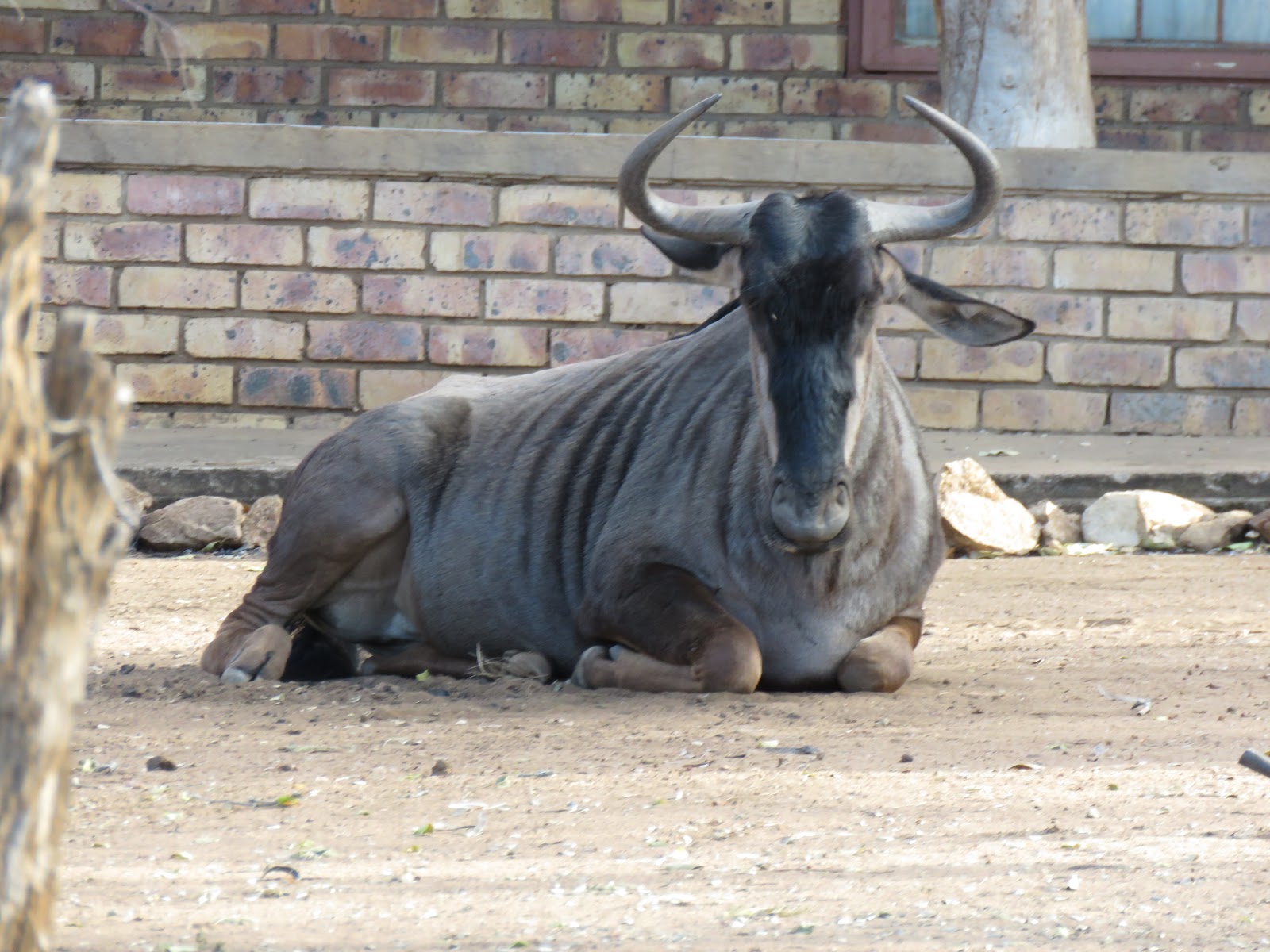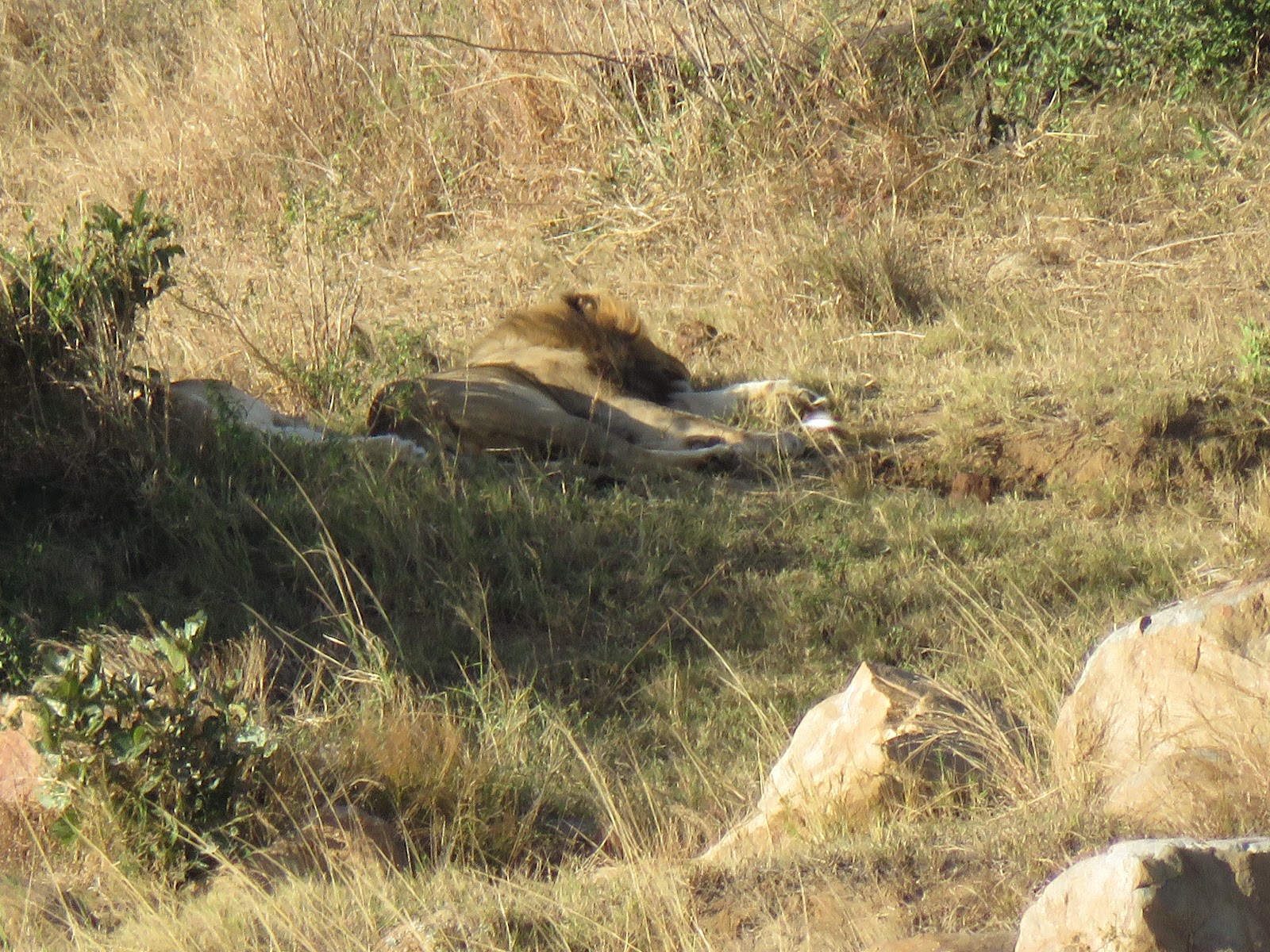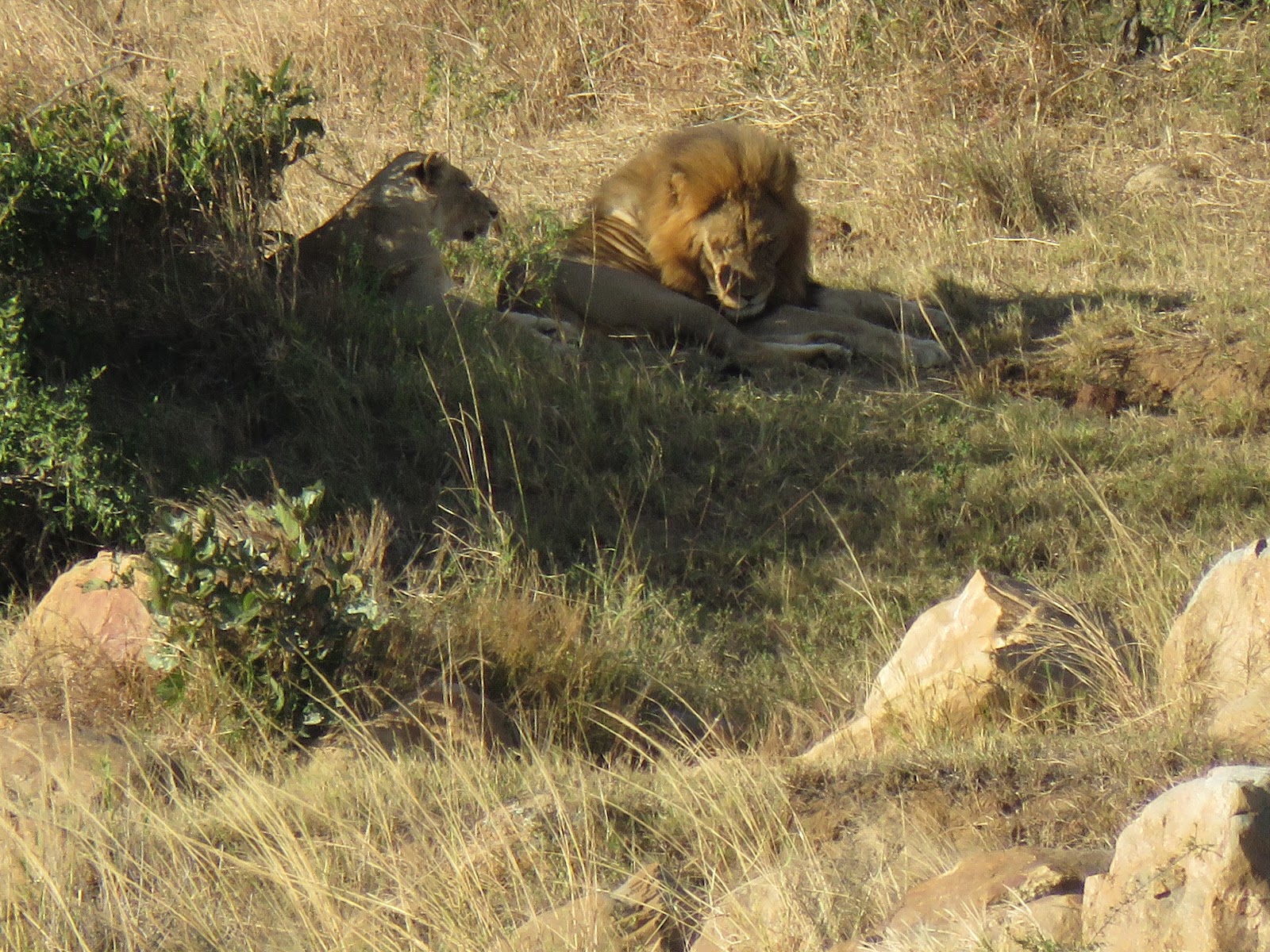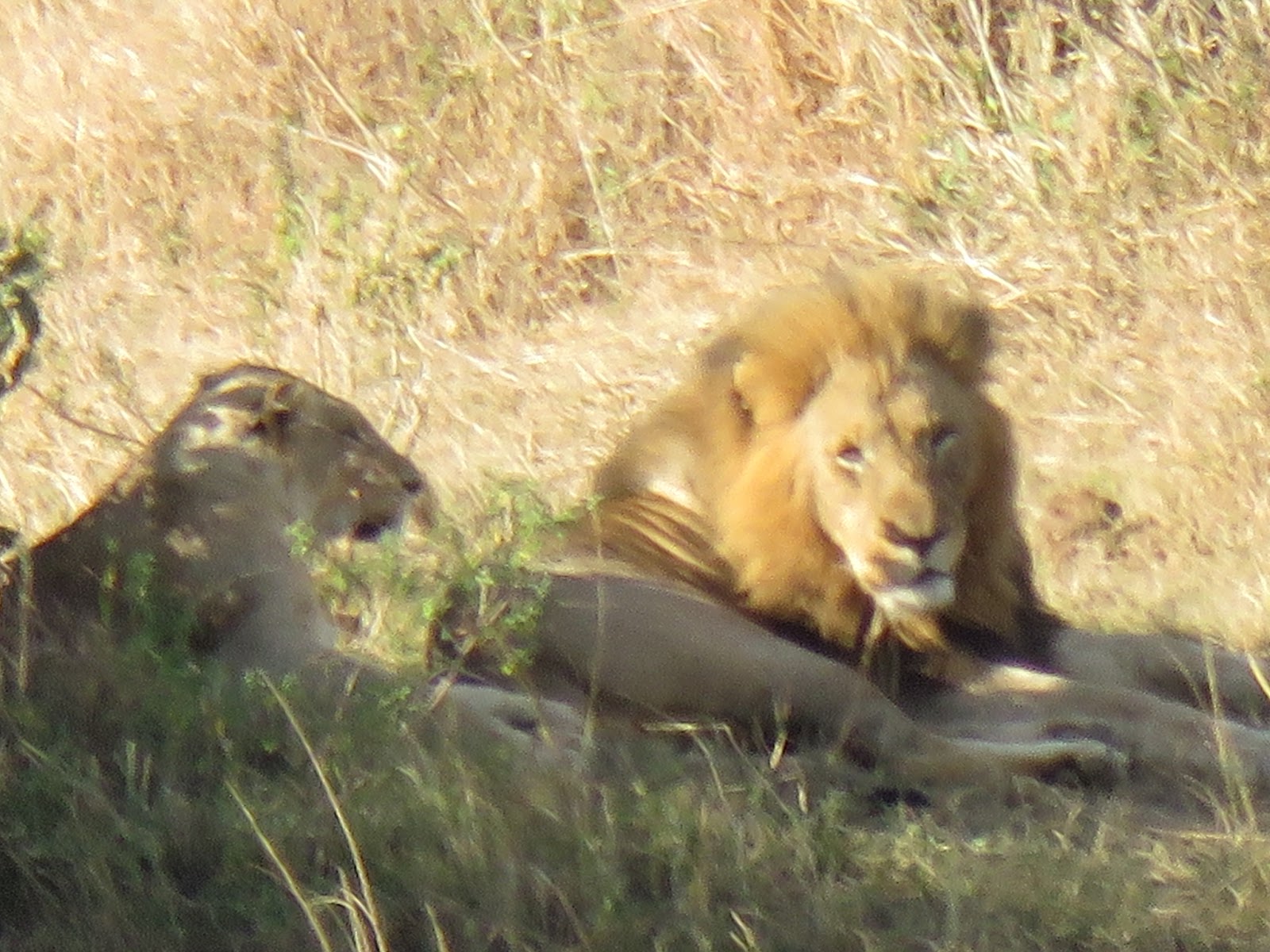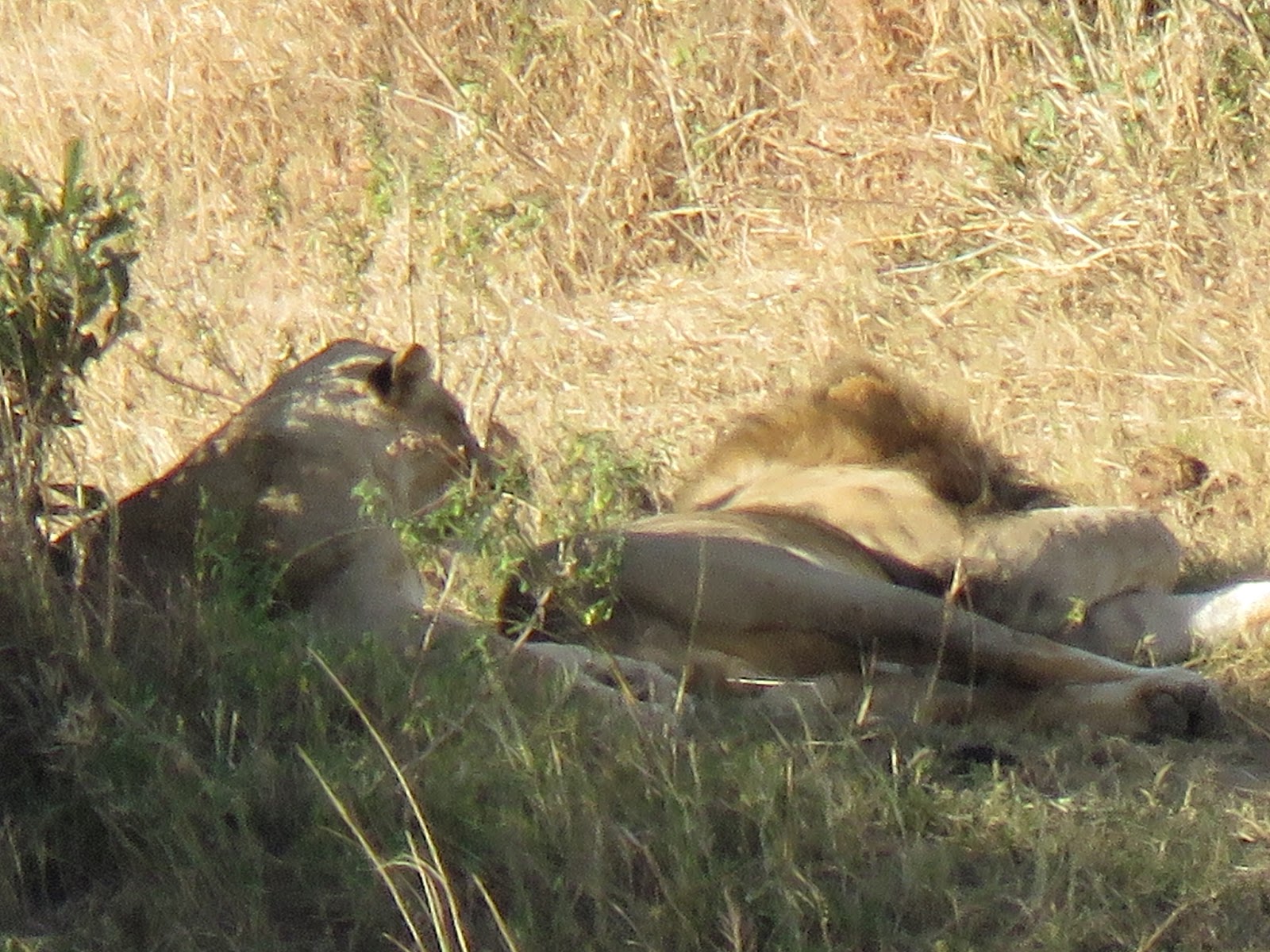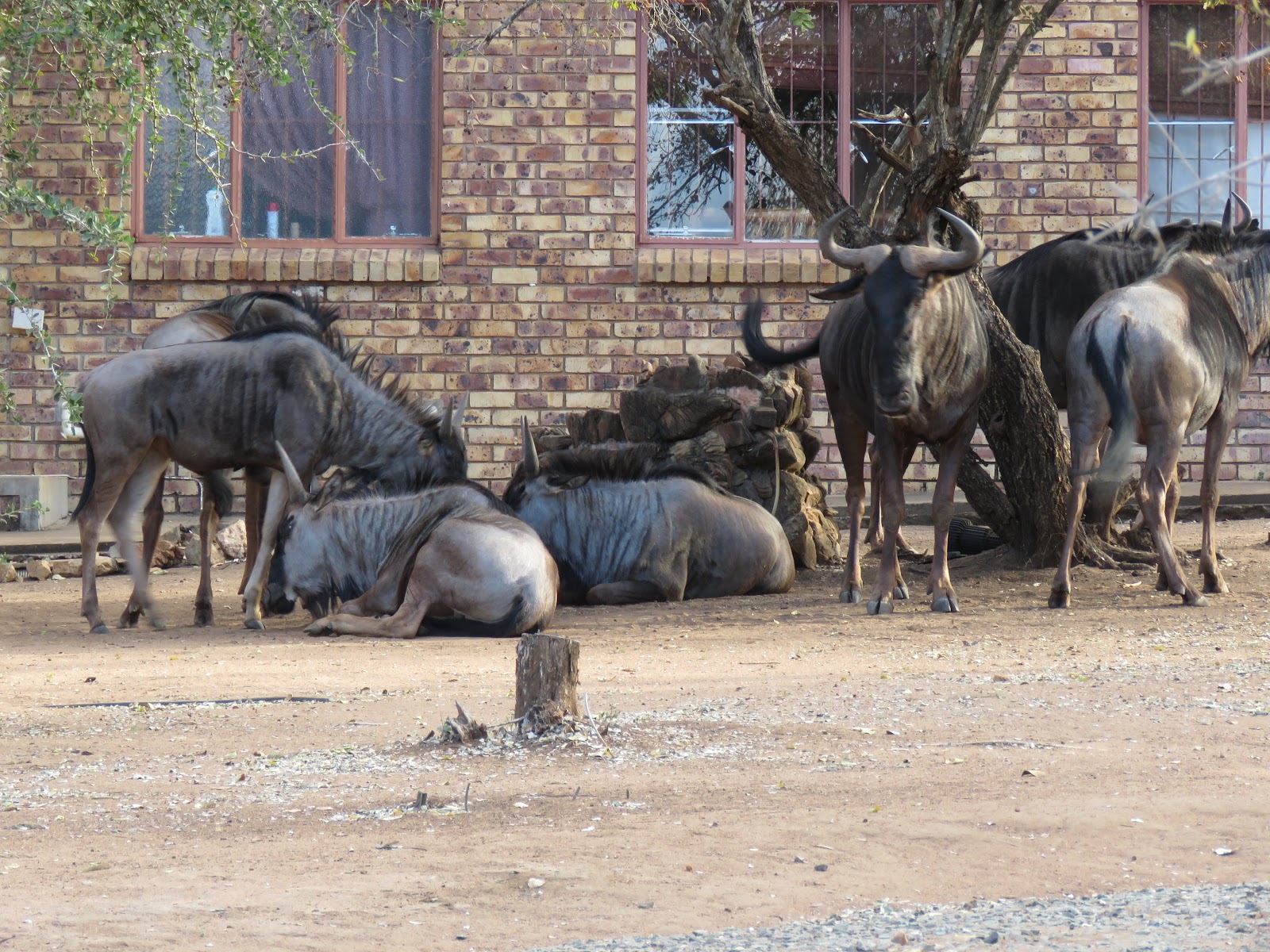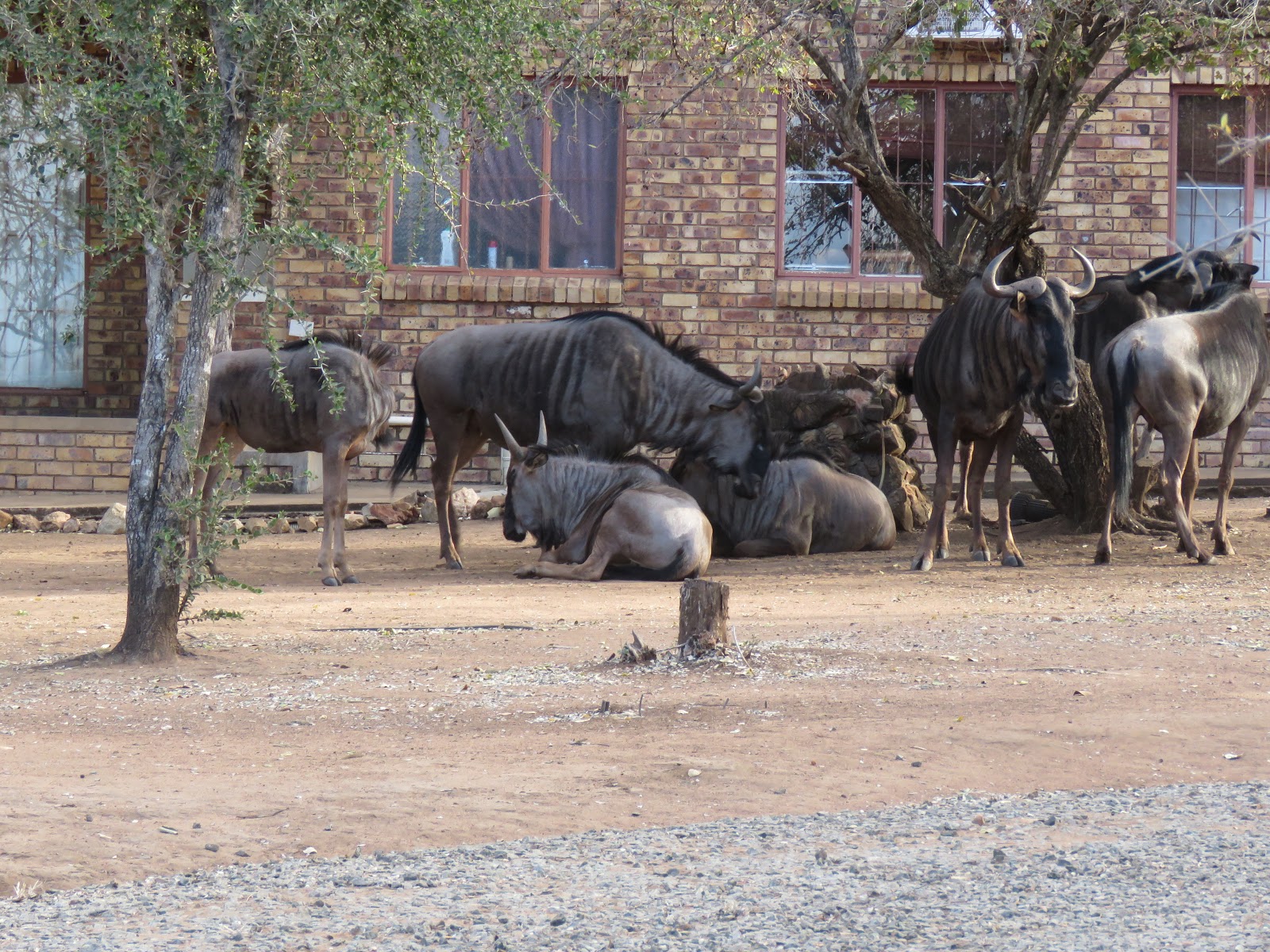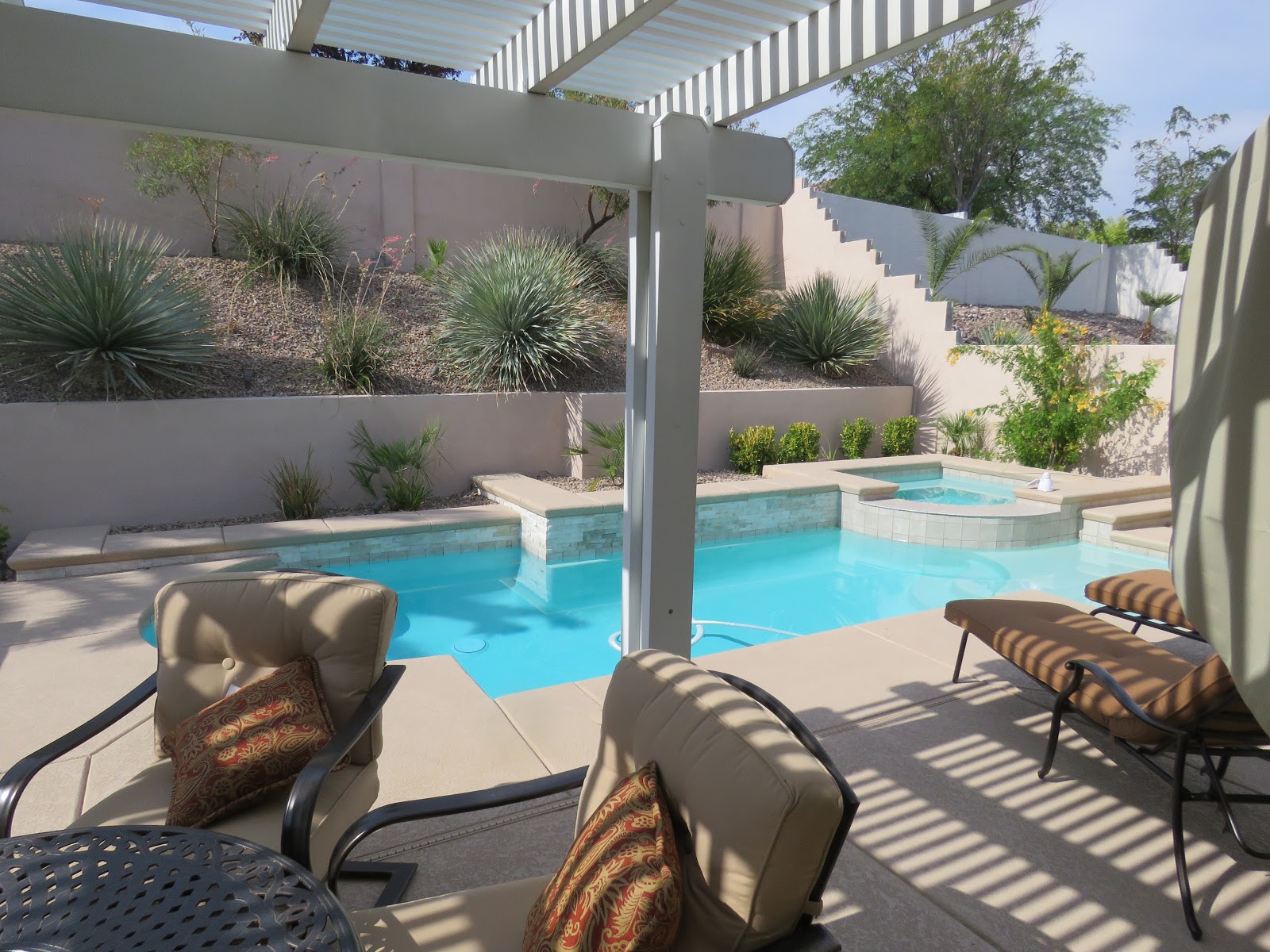 |
| Male lion checking his surroundings while he rests. |
“Sighting of the Day in the Bush”
 |
| Lounging poolside. |
As more and more travelers, especially retirees from all over the world, decide to fulfill a lifelong dream of going on a safari, tourism to Africa is increasing exponentially according to many online reports.
Many come to Africa for its beautiful beaches and luxury resorts, for business and surprisingly, only 15% actually come for tourism as shown here at this link, stating the following (see below photo):
 |
| Female lion at a further distance, hard to spot from afar. |
“More than 30 million tourists visit Africa every year. Over half of the international arrivals are for business purposes and may partake in tourist activities as well, while 15% travel for pure tourism and 30% visit friends and family.”
As a result, many travelers struggle with what to pack to bring for, a let’s say a two-week visit to Africa, in order to go on safari. Of course, it depends on where you’re staying and the dress codes or suggestions based on your chosen bookings.
 |
| Female lion lounging. |
While in Zambia, we discovered that the Royal Livingstone Victoria Falls Zambia Hotel by Anantara required male guests are required to sports coats to dinner in the upscale dining room and women must wear dressy clothing. During the day, the guests may be on safari and at night be prepared for a more formal dinner.
This may sound appealing to those seeking luxury accommodations but for most travelers intent on an all-encompassing safari experience, a more casual and laid-back environment may be more appealing.
 |
| The long-distance across the Crocodile River made taking photos a challenge |
There hasn’t been one occasion in almost 17 months in Africa (combined two visits, one in 2013-2014 and our current stay) have we ever felt underdressed or too casual for any dining establishment.
Here in Marloth Park and Kruger National Park, all restaurants and venues allow wearing appropriately styled shorts, shirts, and women’s tops as long as they are in good taste. Sandals and flip-flops are generally accepted as proper footwear.
 |
| Male lion soaking up the warm sun. |
One must always consider the weather which can change dramatically in minutes whether on safari, sightseeing, shopping, and dining. High winds, rain, and temperatures can vary considerably and one must bring suitable attire for those occurrences.
With our friends Lois and Tom coming to stay with us for three weeks beginning October 9th, yesterday we sent them a lengthy email making suggestions as to what to bring for their stay in Marloth Park, keeping in mind most likely we won’t be visiting any fancy establishments in the near proximity. This is bush country. Fancy is not required here.
 |
| Male lion at rest. |
However, if one is staying at a resort or upscale bushcamp it might be worth inquiring as to any special dress codes when booking your stay. Thus, today’s suggestions are based on a casual environment, not those staying in upscale luxury resorts that may include packing a few extra items suitable for specific events and occasions.
The question always arises as to whether or not to purchase insect repellent clothing. Cost is a big factor here since most of these items can be expensive, as much as ZAR 1506 (US $100) each. We opted to purchase shirts, pants, and hats before we came to Africa in 2013.
 |
| Female lion lounging on the dry grass |
It was a wise decision for our extended current stay and we’re still wearing those items on occasion today, especially when on safari or outdoors during the spring and summer mosquito season. In most cases, the special clothing will withstand 70 washing before losing its built-in repellent effectiveness.
Also, travelers can purchase permethrin which can be added to existing clothing for protection for shorter periods, which can save considerable cost. When we decided to return to Africa for our current long-term stay we purchased a few new insect repellent items on eBay, brand-new with tags. The cost was at least half as much as retail and we’ve been thrilled with our items.
 |
| Waterbucks are beautiful animals. |
Clothing:
1. Shirts, pants, shorts, socks, good walking shoes (tennis shoes are OK) or boots.
2. A cool cotton scarf to cover one’s face in the event of an insect swarm and/or high winds.
3. Swimsuit, if sunbathing or swimming is desired.
4. Water repellent jacket (weight depending on the time of year) and other such cover-ups in the event of cold weather.
5. Hats to protect the face and neck from the sun and the elements. Some safari vehicles do not have a covered roof, although most do.
(During a self-drive into Kruger National Park, for example, one is generally not allowed to exit their vehicle, making one’s attire is of less importance. But, being prepared in the event of an emergency should be a consideration.
6. Clothing colors: Bright, colorful clothing is not suggested as it may attract insects. In keeping with the African theme, beige, tan, khaki, and white are most appropriate while on safari keeping you cool and less attractive to a wide array of insects.
7. Cool casual clothing/shoes for everyday living, dining, lounging, and sleepwear, if worn.
 |
| Impalas grazing on the bank of the Crocodile River. |
Tomorrow, we’ll cover digital equipment needs, adapters and converters, toiletries and prescriptions, insect repellent, and miscellaneous items you may find useful.
Please check back for Part 2!
Photo from one year ago today, September 12, 2017:
 |
| Tom holding the broom (escoba) made of vegetation at El Toledo Coffee Tour. For more photos, please click here. |









































